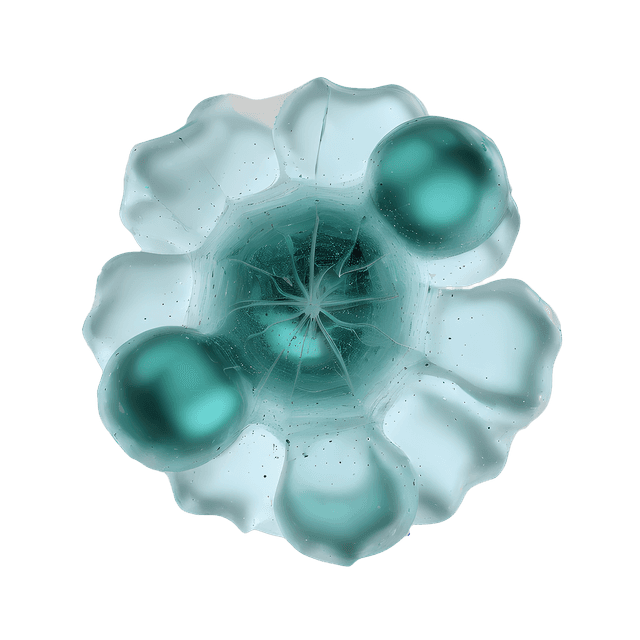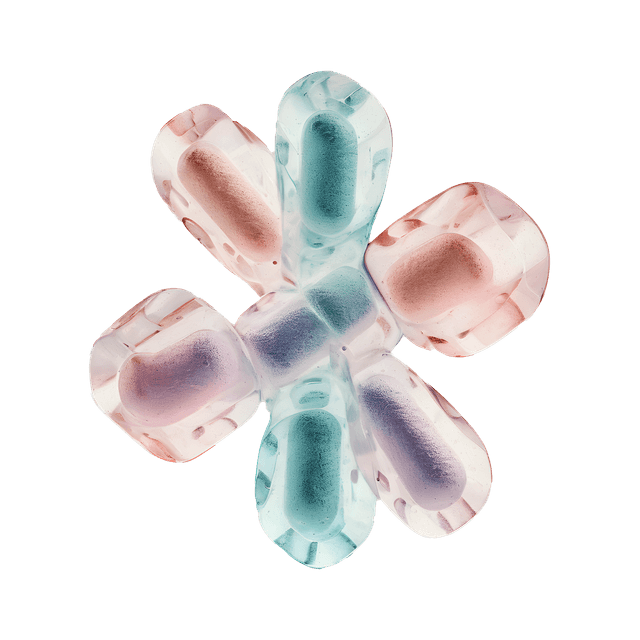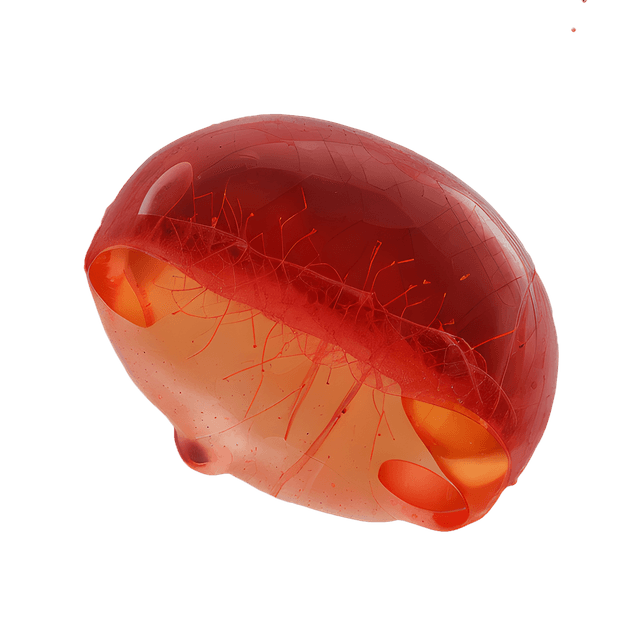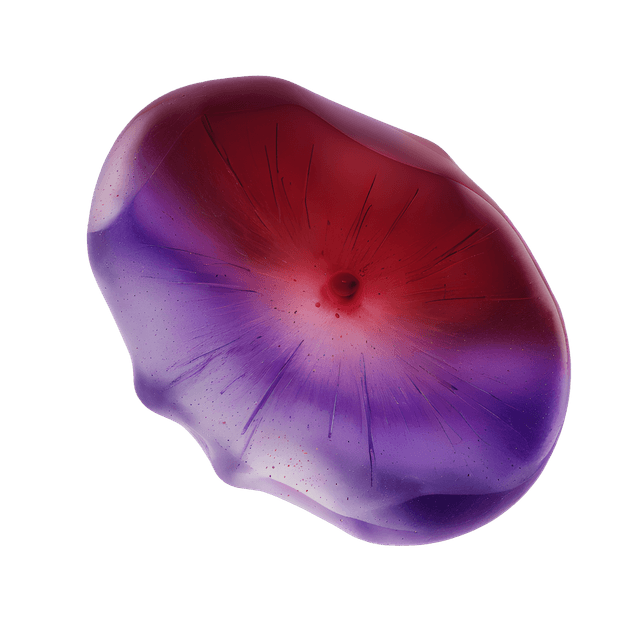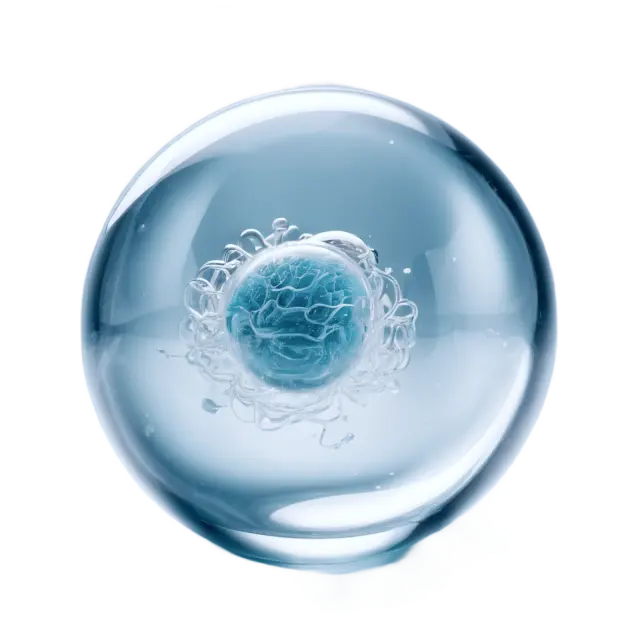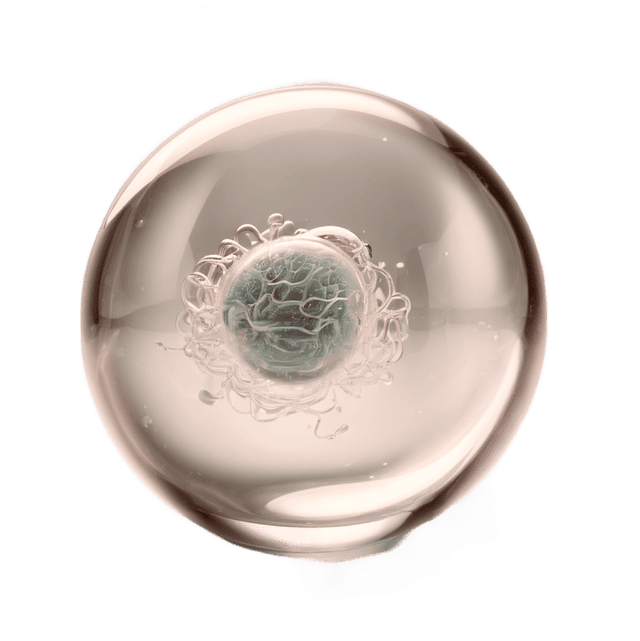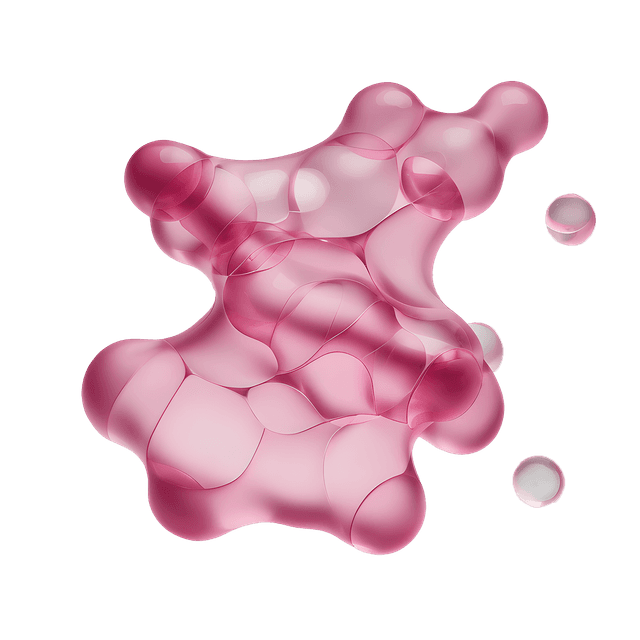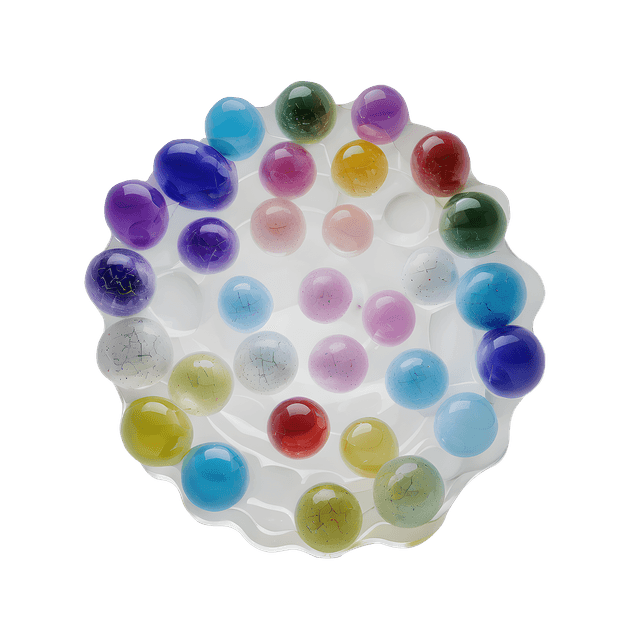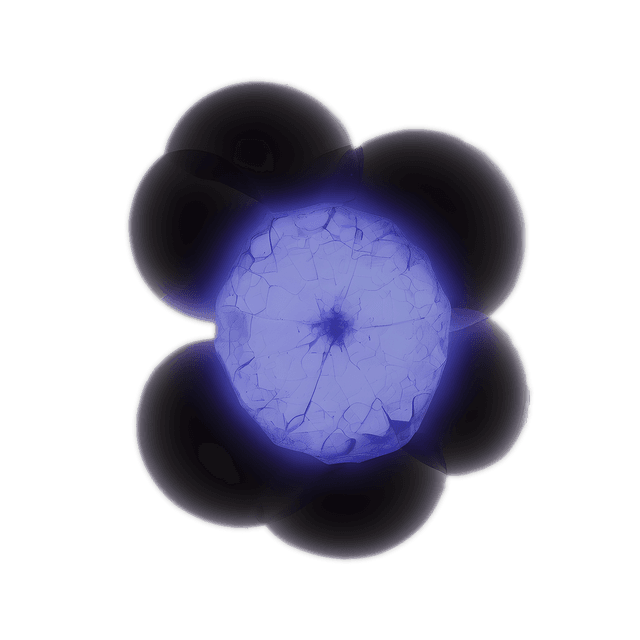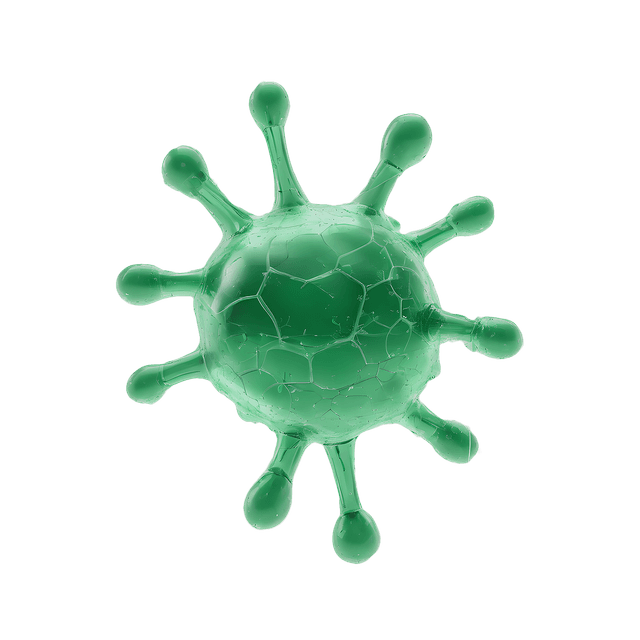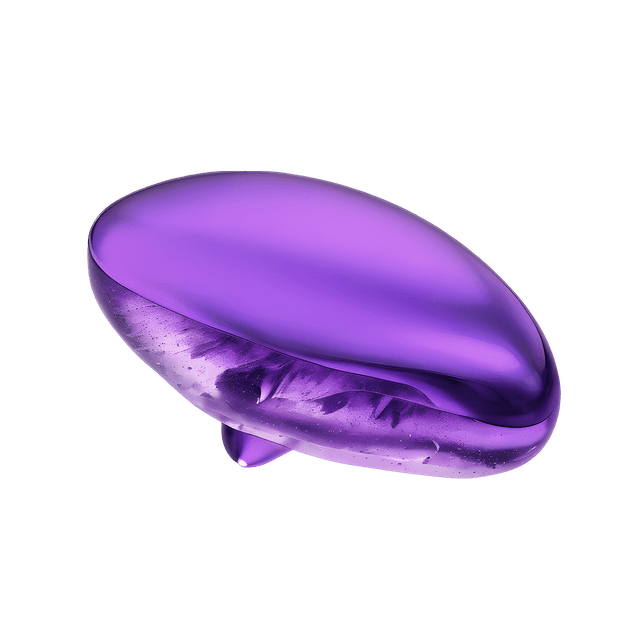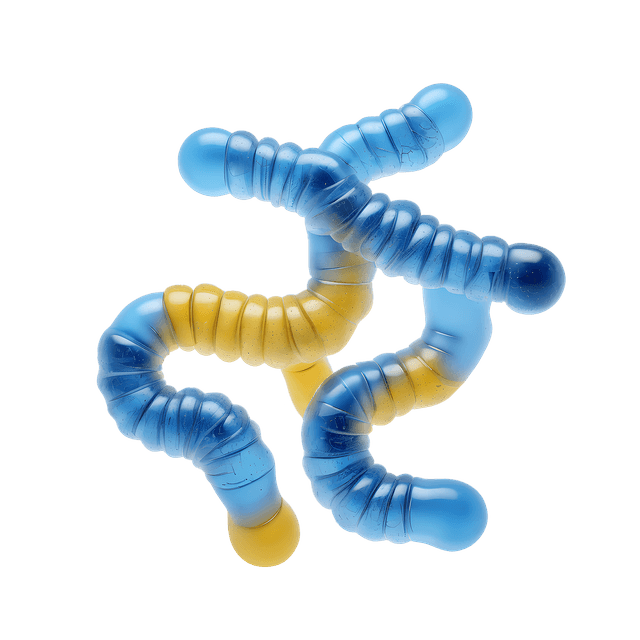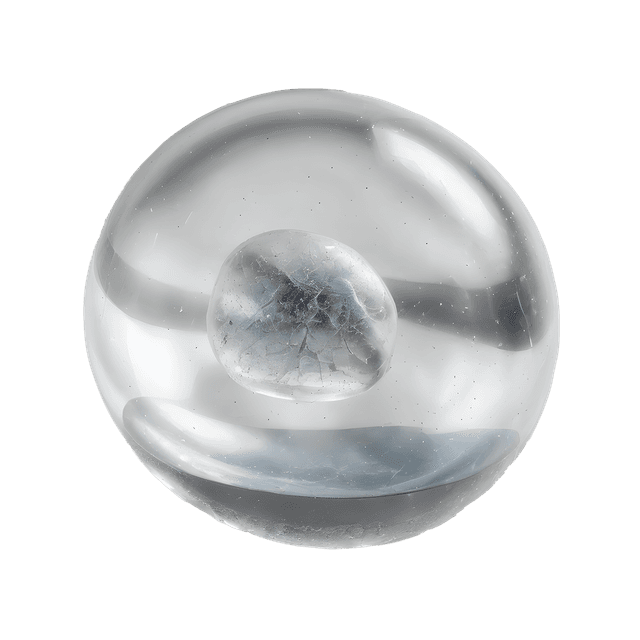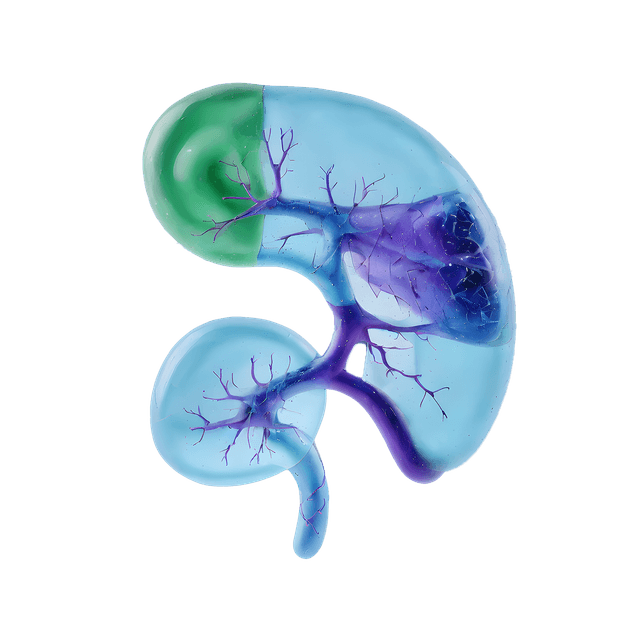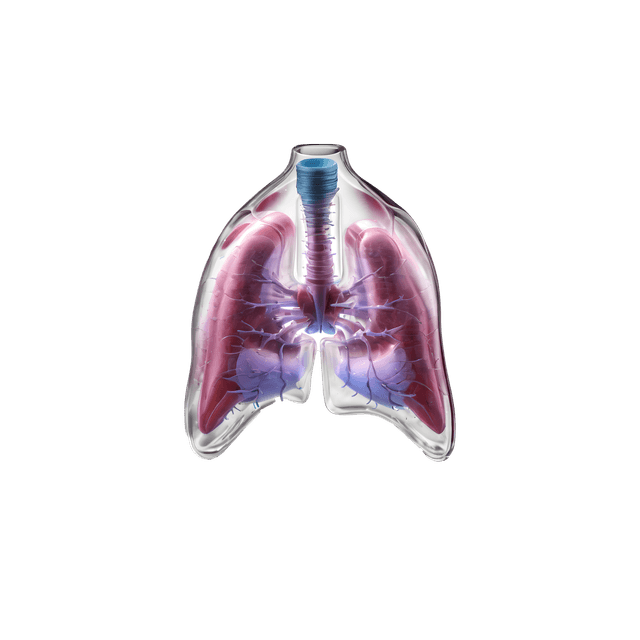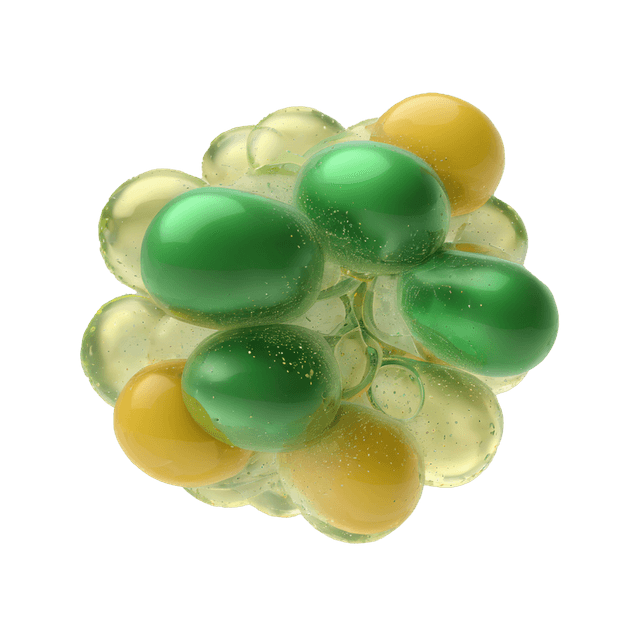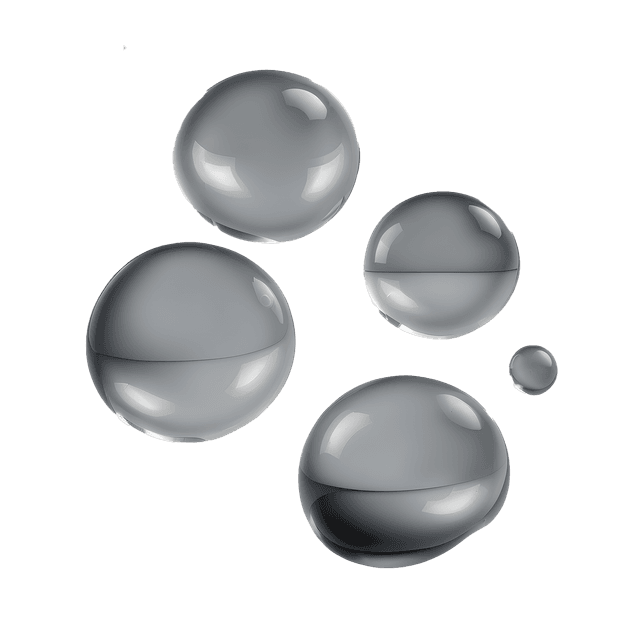What is leukocyte morphology?
Leukocyte morphology is a microscopic assessment of the shape, size, nuclear structure, cytoplasm and presence of granules of white blood cells (leukocytes) in a stained blood smear. The examination is performed manually using light microscopy after staining with, for example, Wright-Giemsa, which makes it possible to differentiate between different leukocyte types and identify abnormalities in their development or function.
Normal appearance of leukocytes includes the following cell types with characteristic morphological features:
- Neutrophils: Segmented nucleus (usually 2–5 segments), pale cytoplasm with small, faintly stained granules.
- Lymphocytes: Round, compact nucleus with a thin cytoplasmic rim; small lymphocytes have very little cytoplasm.
- Monocytes: Large cell with kidney-shaped nucleus and gray-blue cytoplasm that often contains vacuoles.
- Eosinophils: Bilobed nucleus and cytoplasm with large, red-orange granules.
- Basophils: Often indistinct nucleus and abundant dark blue granules that may cover the nucleus.
Abnormalities in the morphology of leukocytes may indicate infections, inflammatory conditions, bone marrow diseases, leukemias, or the effects of drugs and toxins. For example, hypersegmented neutrophils may occur in B12 deficiency, while blasts or atypical cells may indicate acute leukemia.
When is leukocyte morphology used?
Leukocyte morphology is an important diagnostic method when automated blood counters show abnormal leukocyte counts or when hematological disease is suspected. It complements quantitative leukocyte parameters by providing qualitative information about the appearance and maturity of the cells.
The analysis is used for example in:
- Unexplained leukocytosis or leukopenia: To determine whether the abnormality is due to reactive change (e.g. infection) or malignancy (e.g. leukemia).
- Suspected hematological malignancy: In the presence of signs of blast cells, promyelocytes or other immature cells suggestive of acute leukemia or MDS.
- Inflammatory and autoimmune conditions: Assessment of toxic granulation, vacuolization or Dohle bodies in neutrophils in severe inflammation or sepsis.
- Infection investigation: Atypical lymphocytes are often seen in viral infections such as mononucleosis.
- Drug reactions and toxic effects: Hyposegmentation (Pelger-Huët-like changes) or cytoplasmic vacuoles may indicate drug exposure or toxin exposure.
Common morphological findings
| Morphological change | Description | Associated conditions |
|---|---|---|
| Blaster | Large immature cells with high nuclear-cytoplasmic ratio | Acute leukemia |
| Hypersegmented neutrophils | Neutrophils with ≥6 nuclear segments | Vitamin B12 or folate deficiency |
| Toxic granulation | Enhanced granules in neutrophils | Severe infection, sepsis |
| Döhle bodies | Bluish-gray inclusions in neutrophil cytoplasm | Inflammation, pregnancy, infection |
| Atypical lymphocytes | Large, reactive lymphocytes with abundant cytoplasm | Mononucleosis, other viral infections |
| Pelger-Huët anomaly | Hyposegmented neutrophils | Hereditary condition or drug effect |
| Vacuoles in the cytoplasm | Empty vesicle-like structures | Sepsis, toxic injuries |
How is leukocyte morphology analysis performed?
The assessment is performed on a stained blood smear that is examined under a microscope by a biomedical analyst or hematology specialist. The cells are analyzed based on appearance, presence of immature forms, and any pathological changes. The findings are documented according to laboratory procedures, sometimes with classification of the proportion of different leukocyte types and presence of aberrant cells.
Clinical significance of leukocyte morphology analysis
Leukocyte morphology is particularly important in the investigation of hematological diseases, inflammatory conditions, and infections. It can help to:
- Differentiate between reactive and malignant leukocytosis
- Identify immature or abnormal cell forms in leukemia
- Support the diagnosis of vitamin deficiency or toxic effects
- Provide prognostic information in severe infections
The microscopic analysis is therefore an invaluable complement to the blood count and leukocyte formula in the investigation of unclear hematological pathology.



